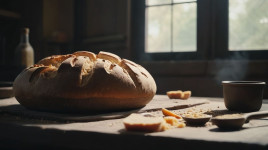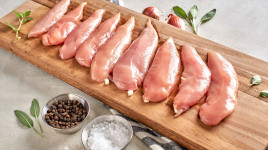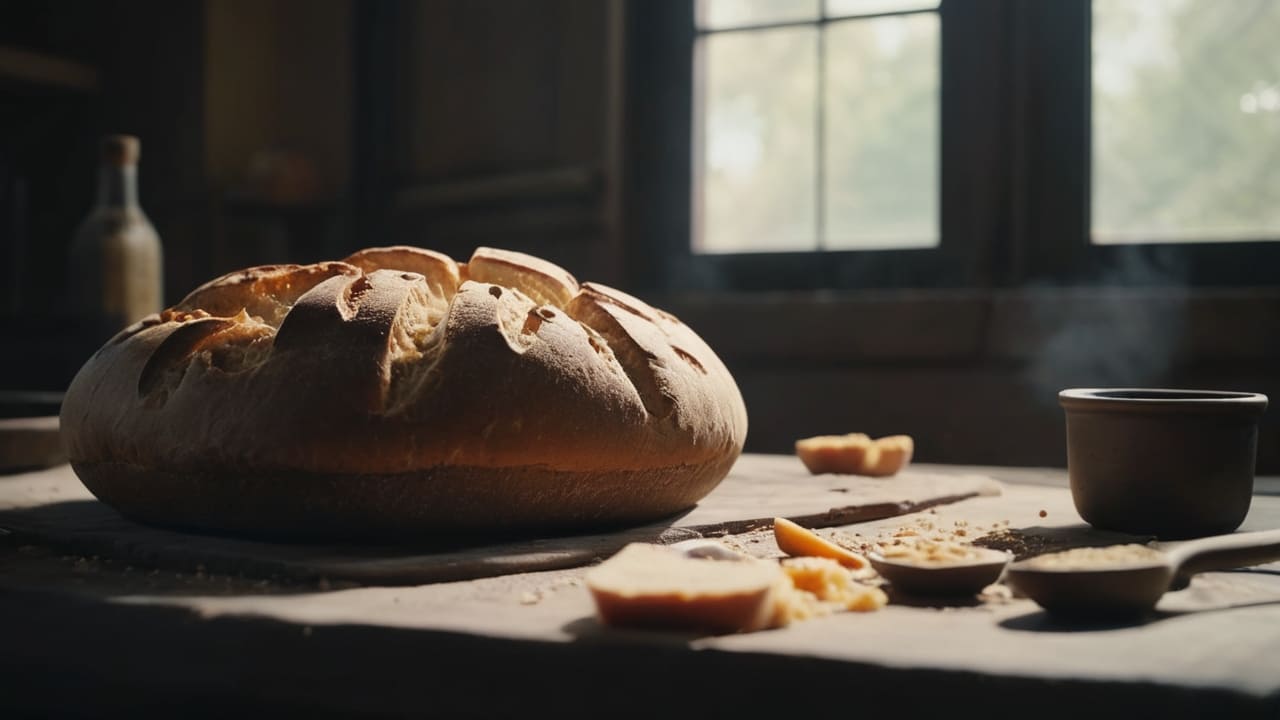
What Are the Common Mistakes in Bread Making? Avoid Them Now
What are the Common Mistakes in Bread Making?
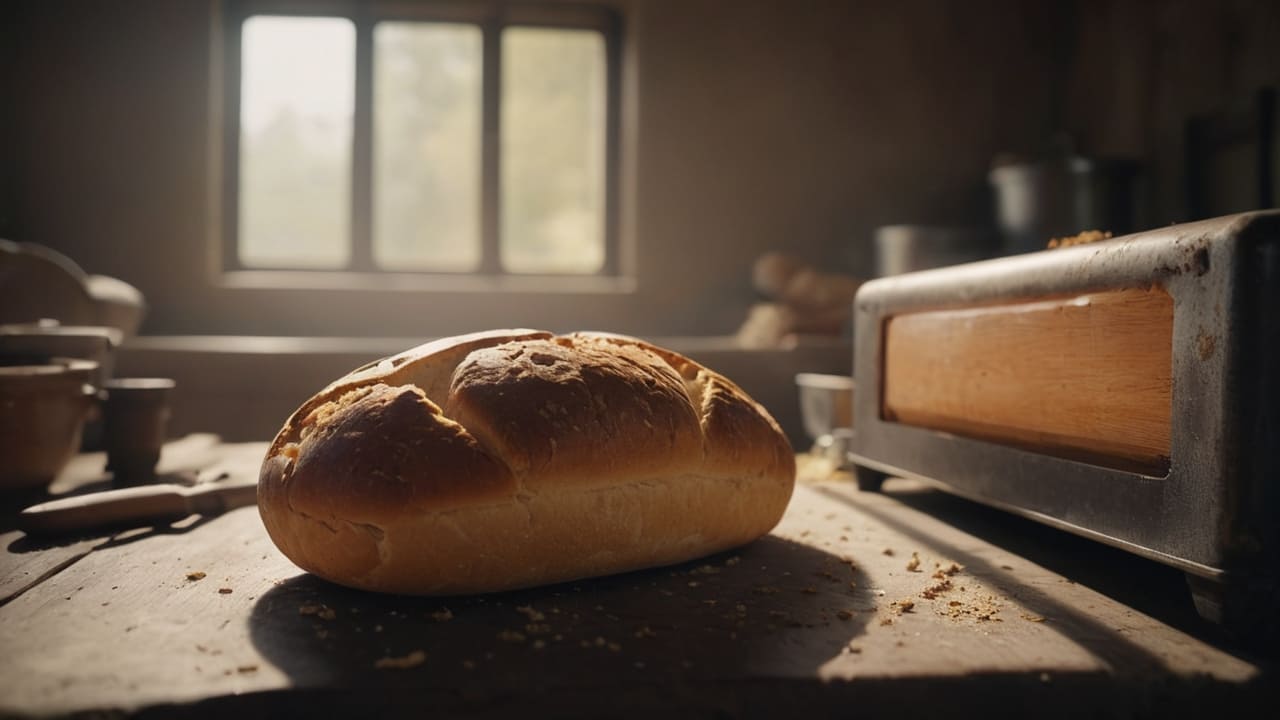
Bread making is a rewarding but complex process. Even experienced bakers can encounter challenges that lead to less-than-perfect loaves. By understanding and avoiding common mistakes, you can improve your bread baking skills and consistently produce delicious bread. Let's dive into the frequent errors and how to fix them.
1. Using the Wrong Flour
Using the right type of flour is crucial for successful bread making. Bread flour, with its high protein content, is typically the best choice. It helps develop gluten, which gives bread its structure and chewiness.
Why Bread Flour is Essential
Bread flour has a higher protein content than all-purpose flour, usually around 12-14%. This higher protein content helps form gluten, which is necessary for the bread's structure and texture.
Common Mistake: Using All-Purpose Flour
Many home bakers use all-purpose flour for convenience, but this can result in a denser, less chewy loaf. While all-purpose flour can work in a pinch, it's not ideal for bread making.
Solution: Use bread flour or high-gluten flour for the best results. If you only have all-purpose flour, try adding vital wheat gluten to increase the protein content.
2. Incorrect Yeast Handling
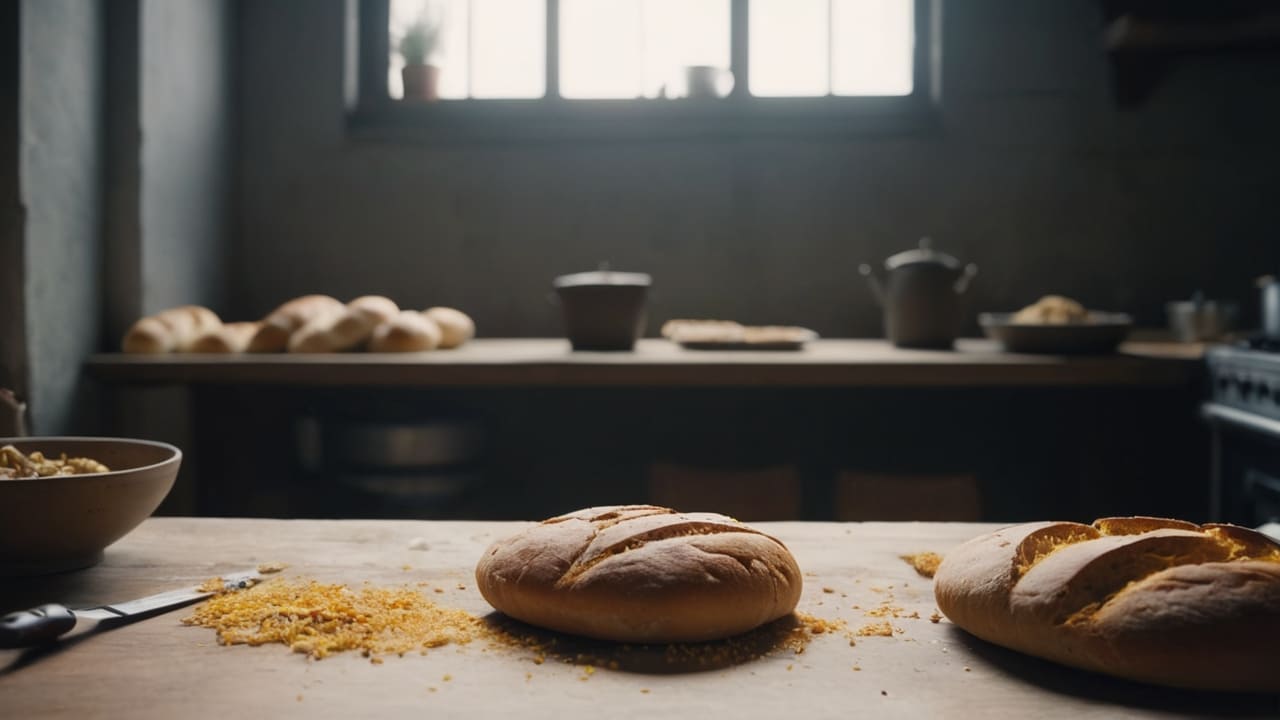
Yeast is a living organism that needs proper care to perform well. Mistreating yeast can lead to poor rise and dense bread.
Importance of Yeast Activation
Yeast needs to be properly activated to produce carbon dioxide, which helps the dough rise. This involves dissolving it in warm water (between 100-110°F) with a bit of sugar.
Common Mistake: Using Water That's Too Hot or Cold
Using water that's too hot can kill the yeast, while water that's too cold can slow down its activity.
Solution: Use a thermometer to ensure the water is at the right temperature. Also, always check the yeast's expiration date and store it properly.
3. Improper Kneading

Kneading is crucial for developing gluten, which gives bread its structure and texture. It also distributes the yeast and other ingredients evenly.
Why Kneading Matters
Kneading helps develop the gluten network, which traps air bubbles and gives the bread its chewy texture.
Common Mistake: Under-Kneading or Over-Kneading
Under-kneading can result in a dense, crumbly loaf, while over-kneading can make the dough too tough and hard to work with.
Solution: Knead the dough until it's smooth and elastic. This usually takes about 10 minutes by hand or 5 minutes with a stand mixer. The dough should pass the "windowpane test" – stretch a small piece of dough between your fingers. If it forms a thin, translucent membrane without tearing, it's ready.
4. Incorrect Proofing
Proofing, or allowing the dough to rise, is a critical step in bread making. It affects the bread's texture, flavor, and volume.
Importance of Proper Proofing
Proper proofing allows the dough to ferment, which develops flavor and texture. It also helps the dough rise to its full potential.
Common Mistake: Overproofing or Underproofing
Overproofing can cause the dough to collapse, while underproofing can result in dense, heavy bread.
Solution: Let the dough rise until it has doubled in size. This can take anywhere from 1 to 3 hours, depending on the room temperature and the yeast's activity. Use a lightly oiled bowl and cover the dough with a damp cloth or plastic wrap to prevent drying out.
5. Baking at the Wrong Temperature
The baking temperature significantly affects the bread's crust and crumb. Too hot, and the crust will burn before the inside is cooked; too cool, and the bread won't rise properly.
Why Temperature Matters
Bread needs a high initial temperature to rise quickly (oven spring) and develop a good crust.
Common Mistake: Not Preheating the Oven or Baking at the Wrong Temperature
Not preheating the oven can cause uneven baking. Baking at the wrong temperature can lead to a dense or burnt loaf.
Solution: Preheat your oven to the correct temperature, usually between 375-475°F, depending on the bread type. Use an oven thermometer to ensure accuracy.
6. Inaccurate Measurements
Baking is a science, and accurate measurements are crucial. Inaccurate measurements can throw off the dough's consistency and texture.
Importance of Accurate Measurements
Proper ingredient ratios ensure the dough has the right hydration and balance of ingredients.
Common Mistake: Using Volume Instead of Weight
Using volume measurements (cups) instead of weight (grams) can lead to inconsistencies, as flour can be compacted differently.
Solution: Use a kitchen scale to measure ingredients by weight for more accurate and consistent results. This is especially important for flour and water.
7. Not Using a Bread Maker
A bread maker can simplify the process and ensure consistent results, especially for beginners.
Benefits of Using a Bread Maker
A bread maker can handle kneading, proofing, and baking, taking the guesswork out of the process.
Common Mistake: Making Bread Manually Without Proper Knowledge
Making bread manually can lead to more mistakes if you're not experienced.
Solution: Invest in the best bread maker you can afford. This can help you avoid many common mistakes and produce consistently good bread.
8. Not Adjusting for Altitude and Humidity
Environmental factors like altitude and humidity can significantly affect bread making.
How Altitude and Humidity Affect Bread
High altitude can cause dough to rise too quickly, while high humidity can make the dough too sticky.
Common Mistake: Ignoring Environmental Factors
Not adjusting for these factors can result in poor texture and flavor.
Solution: At high altitudes, reduce the yeast and increase the flour. In humid conditions, add a little extra flour to achieve the right dough consistency.
9. Poor Dough Shaping
Shaping the dough correctly is important for the bread's final appearance and texture.
Importance of Proper Shaping
Proper shaping helps the bread rise evenly and develop a good crust.
Common Mistake: Neglecting Shaping Techniques
Neglecting to shape the dough properly can result in uneven loaves and poor texture.
Solution: Learn basic shaping techniques. For example, when making a loaf, shape the dough into a tight ball or log, ensuring there are no large air pockets.
10. Inadequate Scoring
Scoring (slashing the dough) allows the bread to expand properly in the oven.
Why Scoring is Important
Scoring controls the direction of the bread's expansion and prevents it from bursting unpredictably.
Common Mistake: Not Scoring or Incorrect Scoring
Not scoring can lead to an uneven crust, while incorrect scoring can cause the loaf to deflate.
Solution: Use a sharp knife or a bread lame to score the dough. Make swift, confident cuts about 1/4 inch deep.
11. Poor Storage Practices
Proper storage is crucial to maintaining the bread's freshness and quality.
Importance of Proper Storage
Storing bread correctly helps retain its texture and flavor.
Common Mistake: Storing Bread Improperly
Improper storage can lead to stale or moldy bread.
Solution: Store bread in a bread box or a paper bag to allow air circulation. Avoid plastic bags, which can trap moisture and promote mold growth. For longer storage, freeze the bread.
12. Ignoring Bread Making Tools
Using the right tools can make a significant difference in the bread making process.
Essential Bread Making Tools
Some tools are essential for good bread making, such as a dough scraper, kitchen scale, and proofing baskets.
Common Mistake: Skipping Necessary Tools
Not using the proper tools can lead to inconsistencies and difficulties in the process.
Solution: Invest in basic bread making tools. They are relatively inexpensive and can improve your results significantly.
Conclusion
Bread making is both an art and a science. By understanding and avoiding these common mistakes, you can enhance your bread baking skills and enjoy delicious homemade bread. Remember, practice makes perfect. Happy baking!
Using the best bread maker can also streamline the process and help you achieve consistently great results. Don't be afraid to experiment and learn from each baking session. Bread making is a journey, and with each loaf, you'll get closer to perfection.


